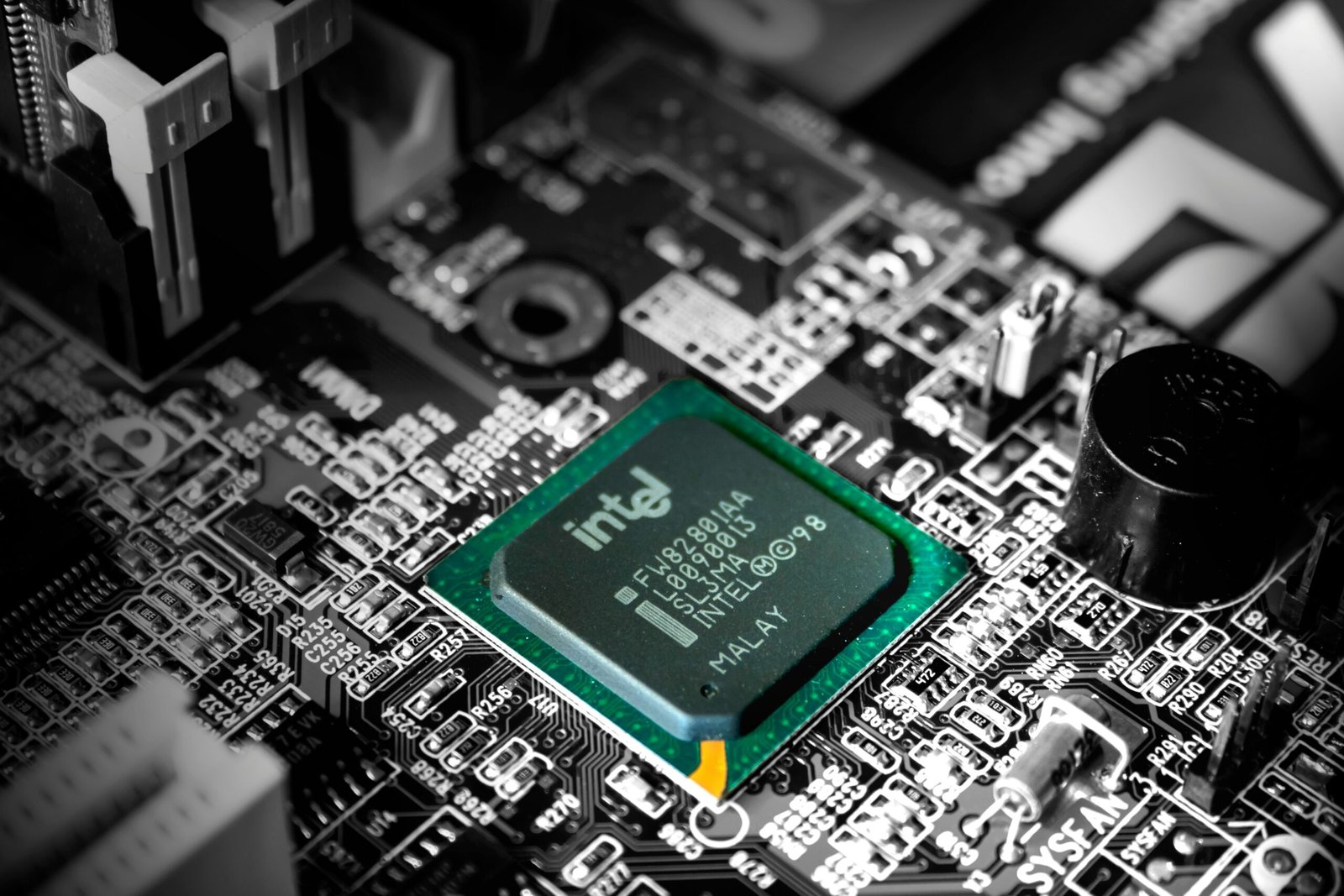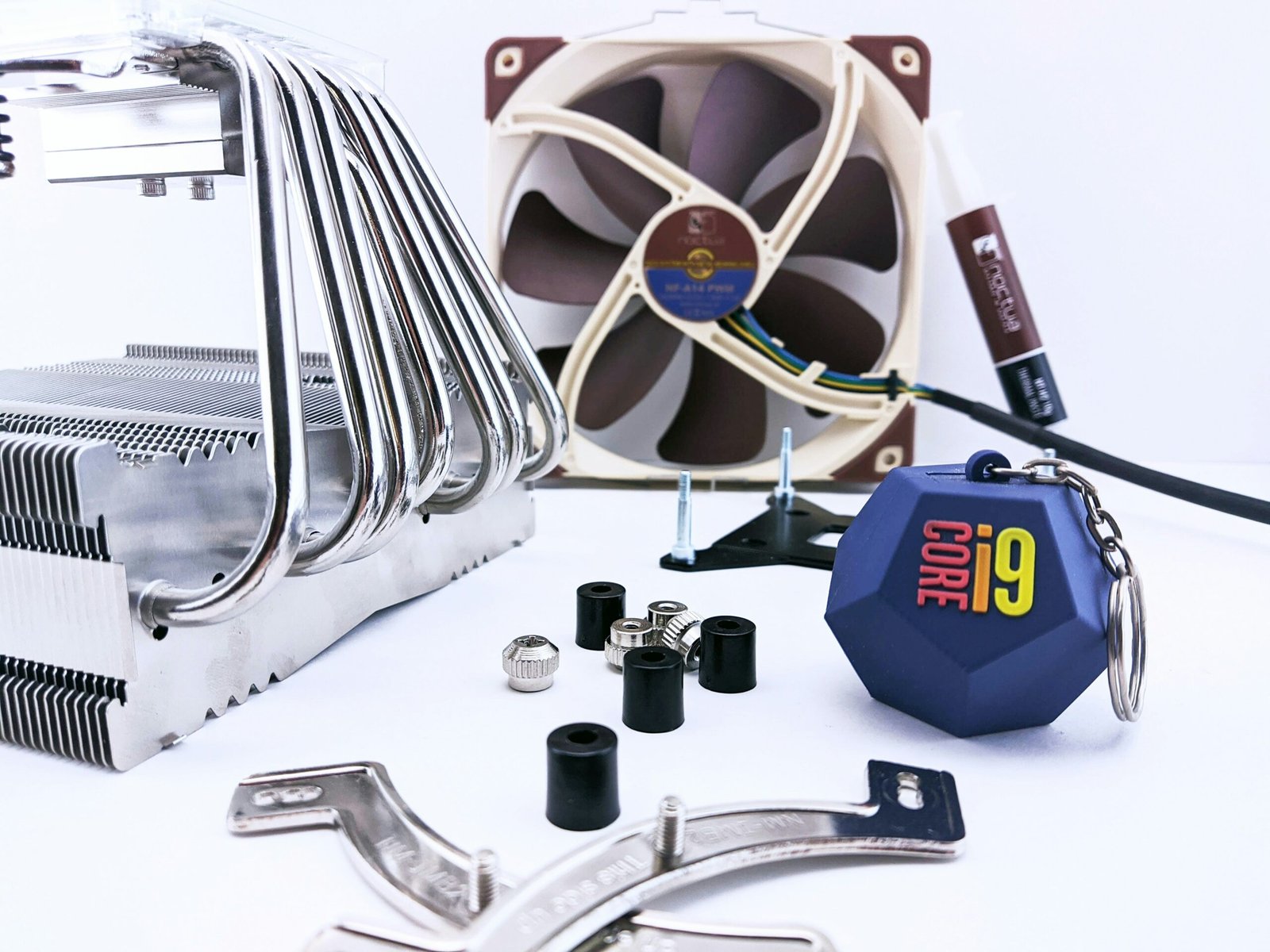Introduction to Motherboard Technologies
The motherboard serves as the central printed circuit board (PCB) within a computer, functioning as the essential foundation that connects various hardware components. It plays a pivotal role in facilitating communication between the CPU, memory, storage devices, and peripheral devices. An understanding of motherboard technologies is crucial for both system builders and enthusiasts, as advancements in these technologies impact overall system performance, capabilities, and upgrade potential.
In recent years, rapid advancements in motherboard technology have been influenced by emerging trends such as the demand for higher data transfer rates, increased power efficiency, and enhanced connectivity options. For instance, the introduction of PCIe 4.0 and PCIe 5.0 standards has significantly improved bandwidth, thus allowing for faster data transfer between components. Moreover, the incorporation of features such as Wi-Fi 6 and Bluetooth 5 has ensured that motherboards can support modern connectivity standards, catering to the needs of contemporary users.
With an abundant variety of motherboards available on the market, selecting the right one can be a challenging endeavor. Factors such as form factor, chipset compatibility, and expansion slots play a critical role in making an informed decision. The increasing popularity of gaming, content creation, and professional applications necessitates that users carefully assess their requirements against the features offered by different motherboard designs.
This blog post aims to explore the latest trends and advancements in motherboard technologies, providing valuable insights on selecting the optimal motherboard for various use cases. As technology continues to evolve, staying informed about these changes is crucial for anyone involved in computer hardware, whether for building a new system or upgrading an existing one.
Current Trends in Motherboard Technologies
As technology continues to evolve, so too do the innovations within motherboard design. Recently, several trends have emerged that are reshaping the landscape of motherboard technologies. One notable development is the shift towards new form factors and architectures. Manufacturers are increasingly adopting compact and modular designs, facilitating improved airflow and thermal management. This evolution caters to a broad spectrum of users, from casual gamers to high-performance computing enthusiasts.
Another trend gaining traction is the support for advanced data transfer standards, specifically PCIe 4.0 and 5.0. These interfaces significantly enhance bandwidth, allowing for faster communication between the motherboard and connected peripherals such as graphics cards and storage solutions. As gaming and resource-intensive applications demand more from hardware, leveraging PCIe 4.0 or 5.0 can provide notable performance benefits. Additionally, the broader implementation of DDR5 RAM is on the horizon, promising higher speeds and improved power efficiency that align with modern computing needs.
The importance of integrated graphics cannot be overlooked in today’s motherboard landscape. As versatility becomes increasingly vital, motherboards are being designed to accommodate robust integrated graphics solutions, offering users an optimal balance of performance and efficiency without the necessity for a dedicated graphics card. This trend is particularly beneficial for budget-conscious consumers and compact system builders.
Furthermore, the diversification of I/O connectivity options, including USB Type-C and Thunderbolt, has become a focal point in motherboard development. This expansion facilitates greater versatility in connecting modern devices, enhancing user experience and adaptability. Lastly, the incorporation of artificial intelligence into motherboard design is worth noting. AI is playing a pivotal role in optimizing various aspects of performance and functionality, transforming how users interact with their hardware. This integration reflects an overarching shift towards smarter, more intuitive computing experiences.
Choosing the Right Motherboard: Key Considerations
When selecting a motherboard, there are several crucial factors that consumers should consider to ensure compatibility and performance with their chosen hardware components. The first essential aspect is CPU compatibility. Not all motherboards support every processor, and it’s vital to check the socket type and chipset compatibility. For instance, AMD and Intel processors utilize different sockets, which translates into specific motherboard selections tailored to each brand. A common case is seen with the AM4 socket from AMD, which is compatible with a broad range of Ryzen processors, while Intel’s LGA 1200 socket supports its 10th and 11th generation CPUs.
Another significant factor is RAM compatibility, which pertains to both capacity and speed. Modern motherboards support various RAM types, including DDR4 and DDR5, each catering to different performance needs. Consumers engaged in memory-intensive tasks, such as video editing or gaming, should opt for motherboards that support higher frequencies and larger capacities for optimal performance. For example, a motherboard designed for gamers may highlight support for overclocked RAM, while those focused on cost-effectiveness might prioritize standard memory configurations.
Expansion slots, support for additional components, and connectivity options also play critical roles in motherboard selection. Users involved in content creation or gaming may require multiple PCIe slots for graphics cards or capture devices, emphasizing the importance of scalability in a motherboard. Furthermore, modern boards boast an array of ports, including USB Type-C and HDMI, enhancing connectivity for peripherals. Evaluating a user’s specific needs—be it for hardcore gaming with high refresh rates or general productivity—dictates the best choice of motherboard. For instance, a gaming enthusiast might benefit from a motherboard equipped with superior audio capacitors and robust Ethernet support, whereas a basic user may prioritize inexpensively constructed, feature-light motherboards.
Future-Proofing with Emerging Motherboard Technologies
The landscape of motherboard technology is continuously evolving, driven by advancements that promise to redefine computing performance and efficiency. As we look to the future, several emerging technologies are set to influence motherboard design significantly. One noteworthy trend is the integration of quantum computing principles into traditional systems. While still in its infancy, quantum computing holds the potential to revolutionize data processing speeds and efficiency. As researchers continue to explore ways to incorporate quantum elements into conventional motherboards, we may soon see hybrid systems that leverage both classical and quantum computing capabilities.
Another critical area of advancement lies in the development of new printed circuit board (PCB) materials. The demand for more compact, lightweight, and durable motherboards has driven manufacturers to innovate with advanced materials that not only improve performance but also enhance heat dissipation and signal integrity. For instance, the use of flexible PCBs is gaining traction, allowing for unique form factors that were previously unattainable. As these materials become more accessible, we can expect motherboards to evolve in ways that support the increasing complexity of modern applications.
Sustainability is also becoming an essential consideration for motherboard manufacturers. As the tech industry works towards reducing its carbon footprint, the adoption of eco-friendly manufacturing practices and recyclable materials is on the rise. Companies are exploring ways to minimize waste and energy consumption throughout the production lifecycle of motherboards. This shift not only aligns with global efforts to promote sustainability but can also resonate with environmentally conscious consumers.
In summary, the future of motherboard technology appears promising, with innovations in quantum computing, PCB materials, and sustainable practices on the horizon. These advancements not only highlight the advancements taking place within the industry but also encourage users to stay informed and adapt their hardware choices as new technologies emerge. Engaging with this evolving landscape will be crucial for both enthusiasts and professionals alike.




